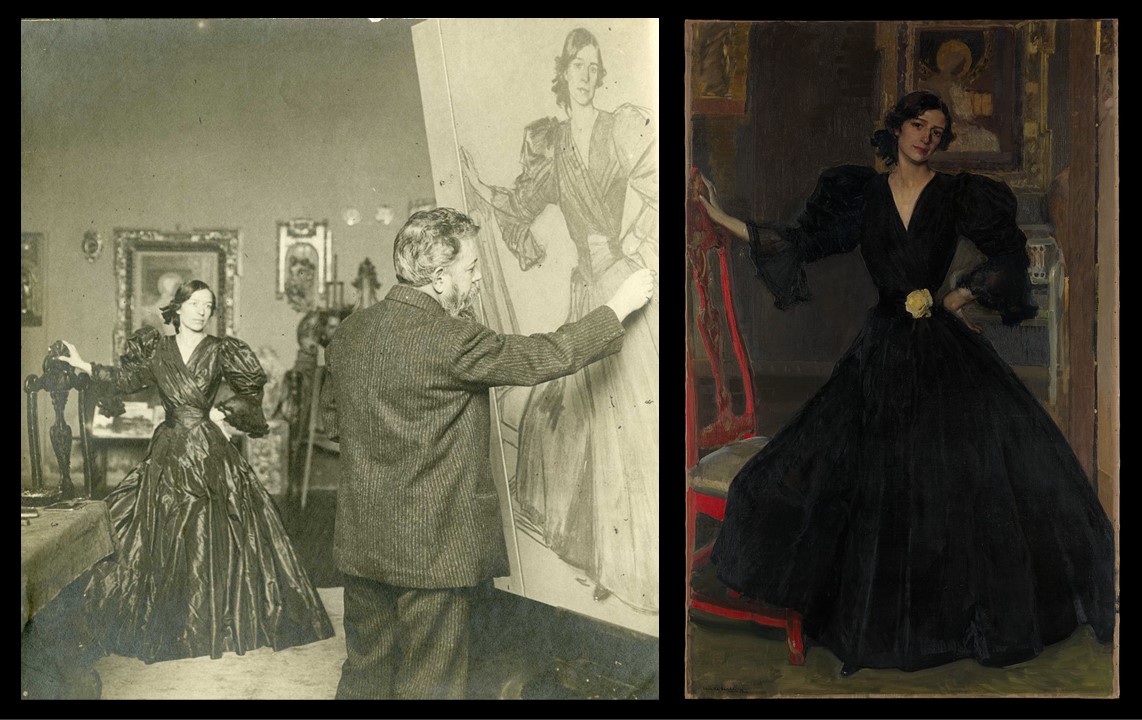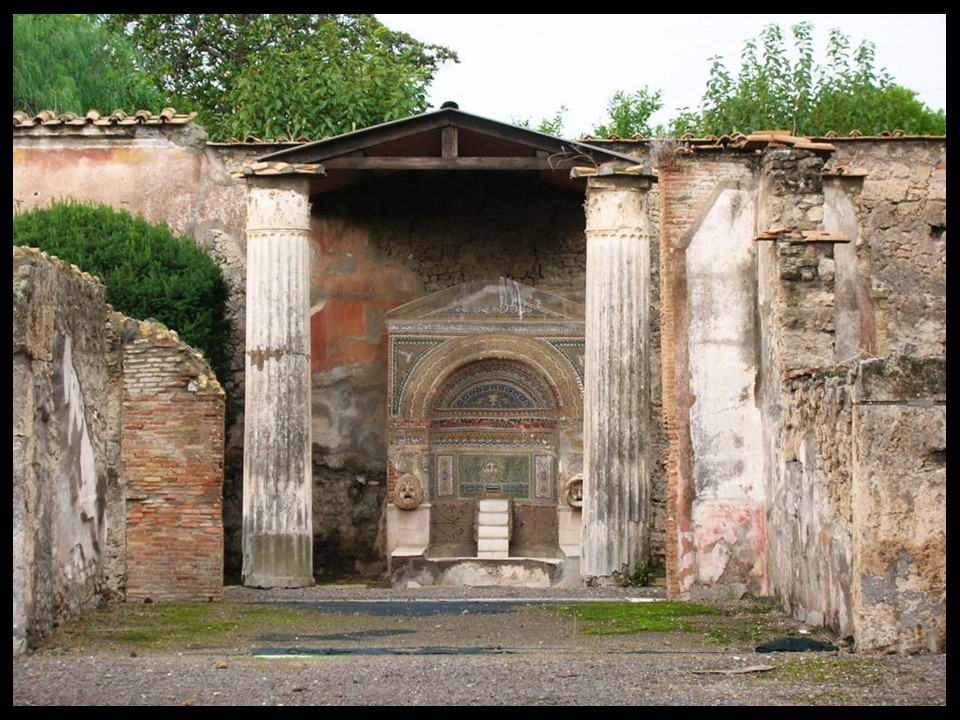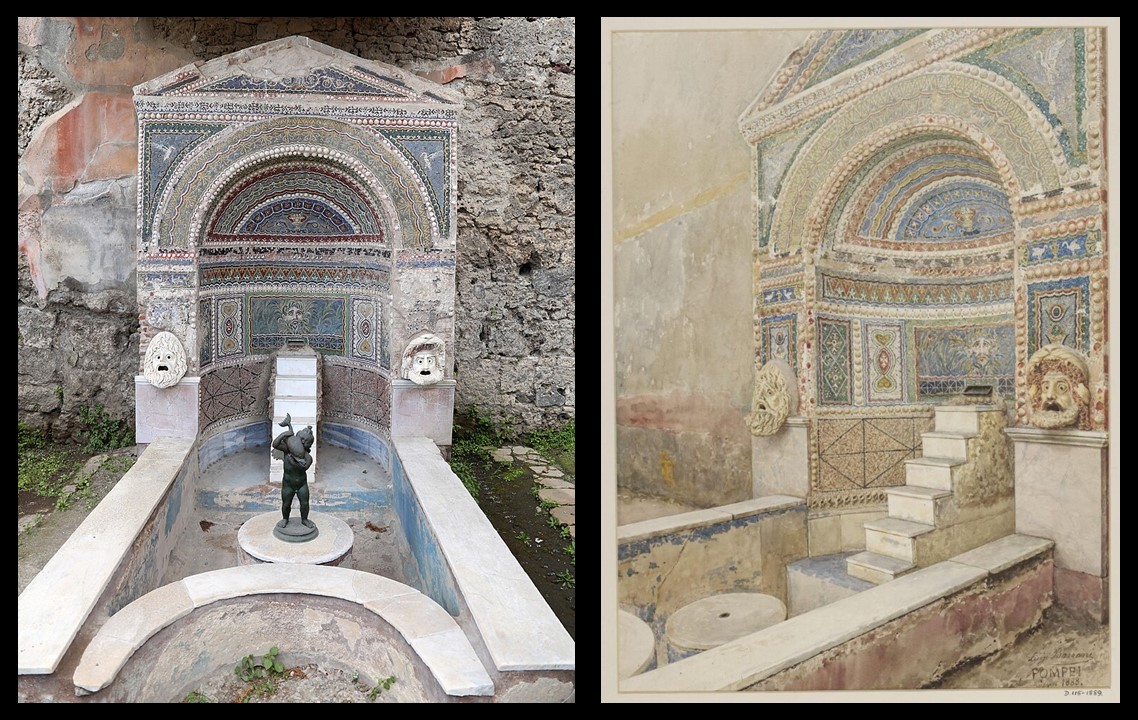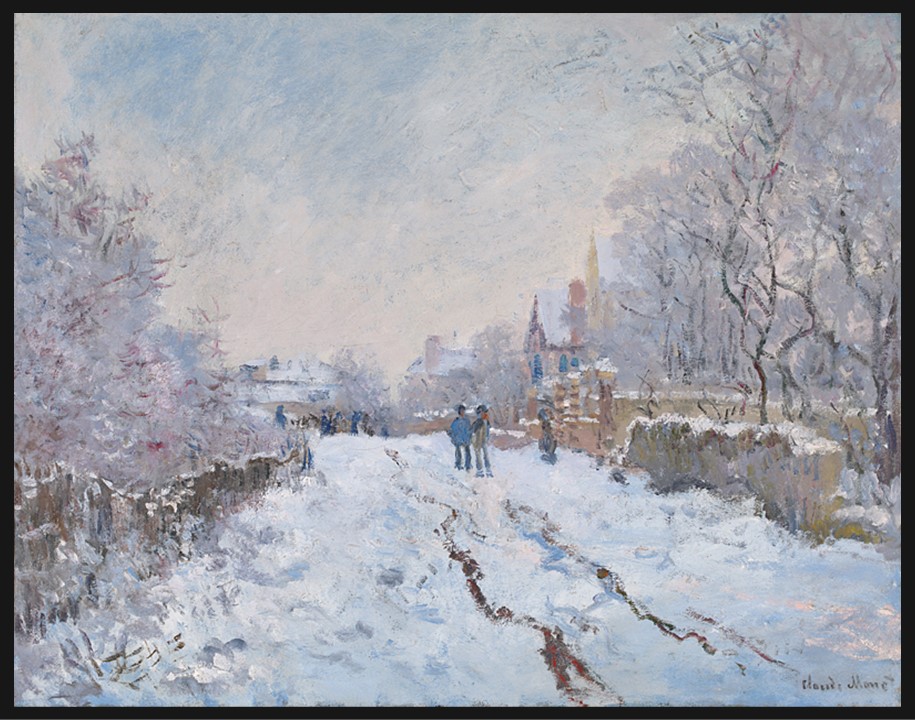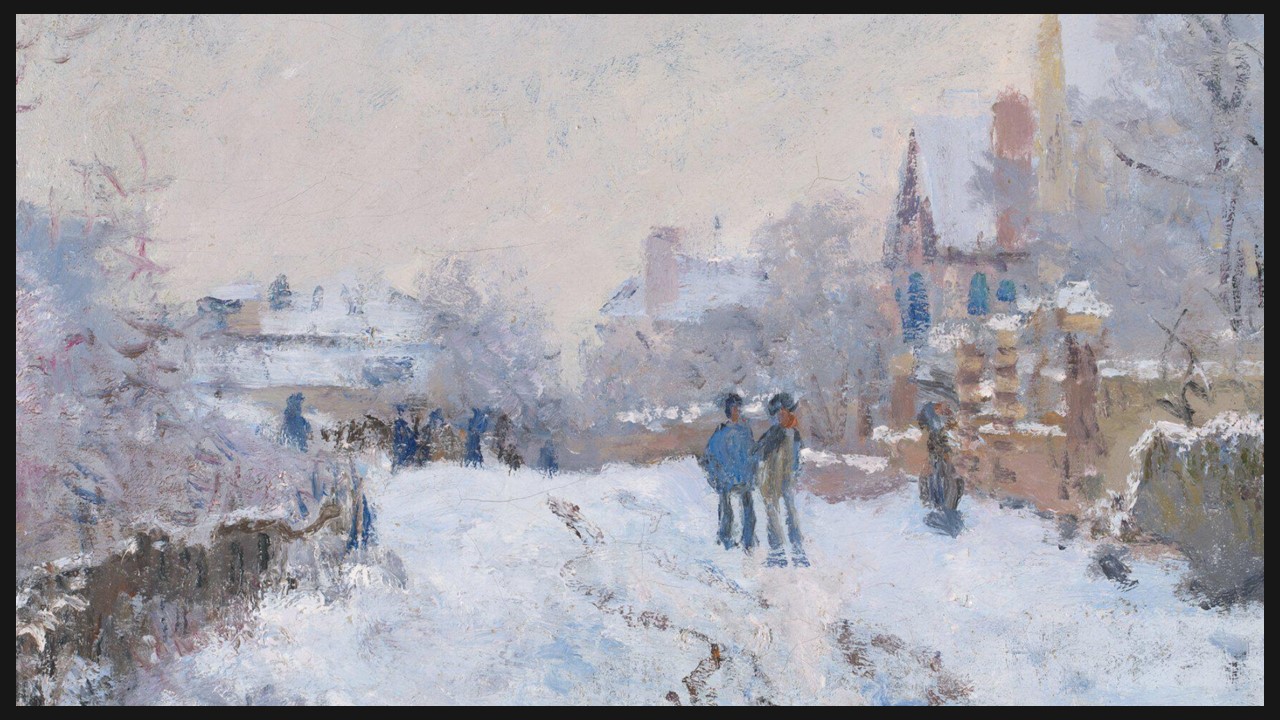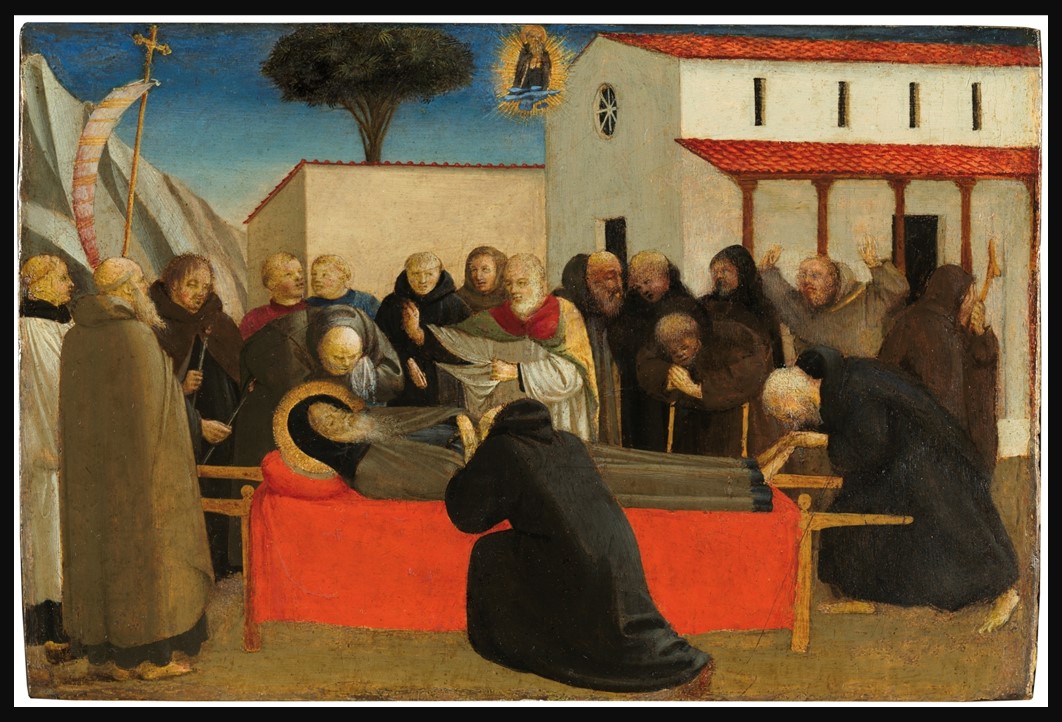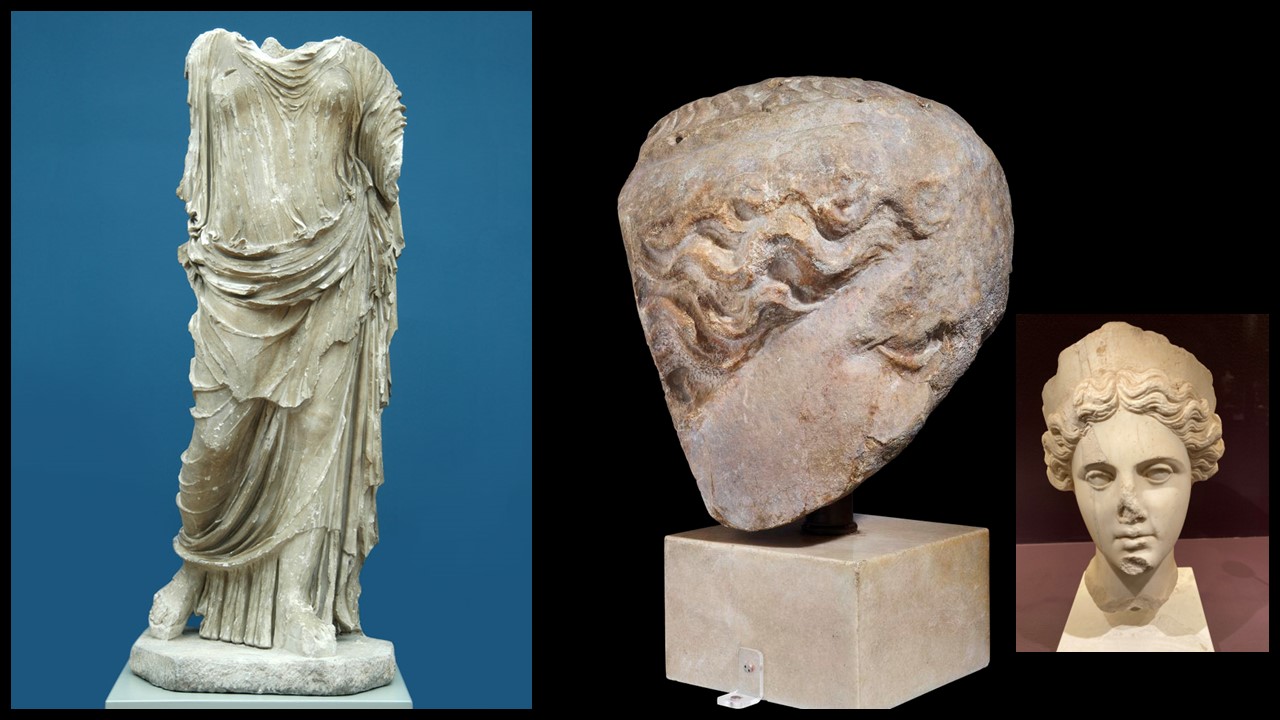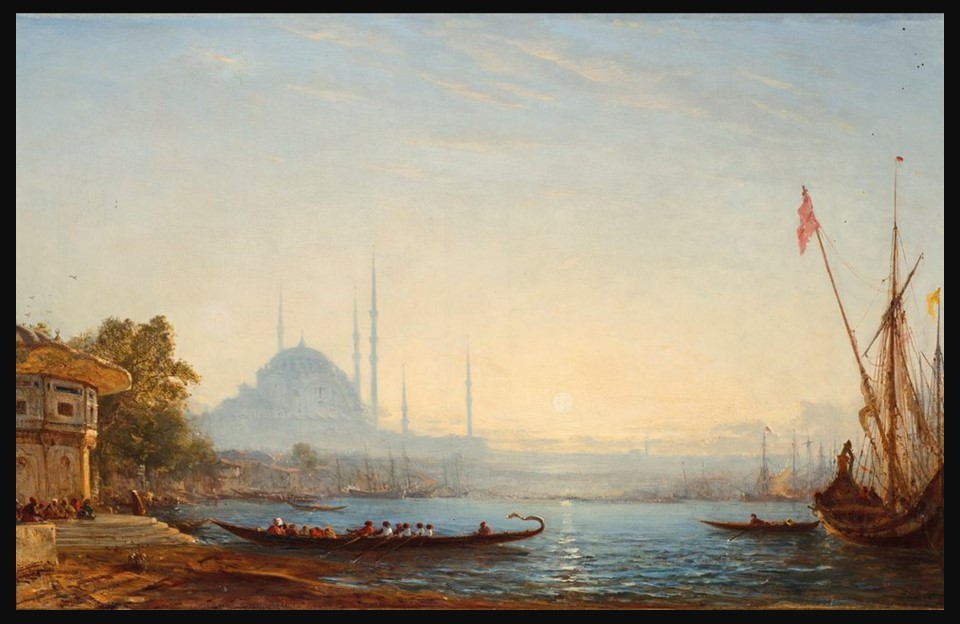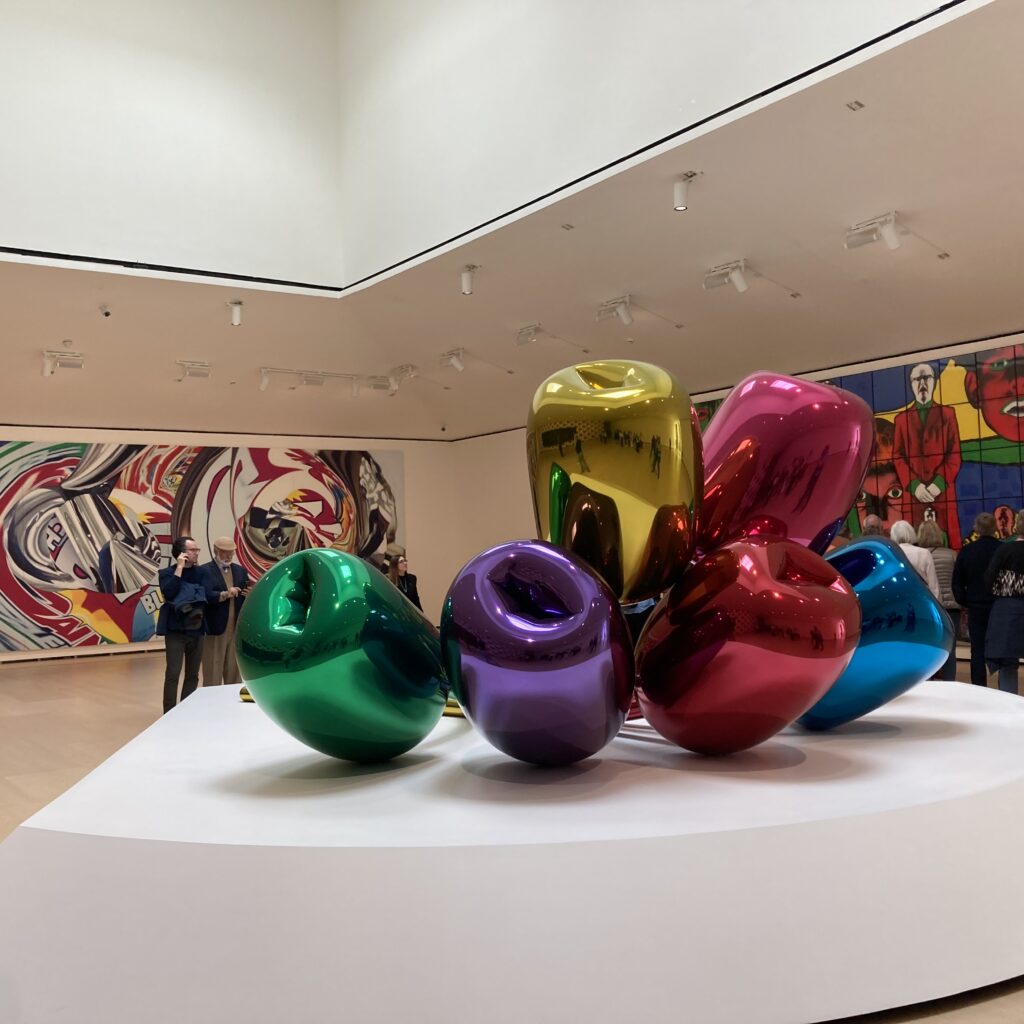
Tulips, 1995–2004, High chromium stainless steel with transparent colour coating, 203x460x520 cm, Guggenheim, Bilbao, Spain – Photo Credit: Amalia Spiliakou, May 2024
A. E. Stallings’ poem about tulips, with lines like… Something about the way they drop / Their petals on the tabletop / And do not wilt so much as faint, reflects on the delicate beauty and graceful decay of the flowers. The tulips are imbued with a sense of drama as they twist / As if to catch the last applause, capturing a fleeting moment of life, beauty, and inevitable decline. This contrasts yet resonates with Jeff Koons’ Tulips sculpture at the Guggenheim Bilbao, where bright, balloon-like tulips are frozen in glossy stainless steel, defying decay. While Stallings’ tulips wear decay like diadems, Koons’ oversized flowers are immortalized, their playful, hyperreal forms celebrating beauty in an exaggerated, eternal form. Both the poem and the sculpture explore themes of ephemerality and the desire to capture beauty before it fades. https://julielarios.blogspot.com/2019/02/poetry-friday-tulips-by-ae-stallings.html
Jeff Koons, born in 1955 in York, Pennsylvania, is one of the most renowned contemporary artists, celebrated for his innovative and provocative works that blend high and low culture. He studied painting at the School of the Art Institute of Chicago and the Maryland Institute College of Art and gained early fame in the 1980s with his Equilibrium series, which featured basketballs suspended in tanks of water. His work often engages with consumerism, kitsch, and the nature of art itself, using bright colours, shiny surfaces, and familiar objects. Koons’ Banality series, which included his famous porcelain sculpture Michael Jackson and Bubbles, was a bold critique of mass media culture and celebrity worship, solidifying his place in the art world.
Koons is best known for his large-scale sculptures, such as his iconic Balloon Dog and Tulips, which use stainless steel and vivid colors to evoke the playful yet artificial nature of popular culture. His work often blurs the line between fine art and everyday objects, inviting viewers to question the value and meaning of art. Throughout his career, Koons has been both critically acclaimed and controversial, with some praising his ability to challenge art traditions and others criticizing his commercialism. Nevertheless, his work has been exhibited in major museums worldwide, and he remains one of the most influential and financially successful artists of his generation.

Tulips, 1995–2004, High chromium stainless steel with transparent colour coating, 203x460x520 cm, Guggenheim, Bilbao, Spain – Photo Credit: Amalia Spiliakou, May 2024
Koons’ Tulips was acquired by the Guggenheim Museum Bilbao in 2006 as part of its mission to showcase influential contemporary art. The Guggenheim Bilbao, located in Spain’s Basque Country, is one of the most iconic museums in the world, both for its remarkable architecture by Frank Gehry and its role in revitalizing the city of Bilbao. Opened in 1997, the museum has become a symbol of urban regeneration, attracting millions of visitors and featuring groundbreaking contemporary works. The acquisition of Koons’ Tulips reinforced the Guggenheim’s reputation for collecting bold, boundary-pushing art, connecting its visitors to the provocative and playful tendencies in Koons’ work.
Tulips is a large-scale sculpture crafted from high-chromium stainless steel with a vivid, mirror-polished surface coated in a vibrant spectrum of colours. The sculpture measures over five meters in length and is composed of seven brightly coloured, balloon-like tulip flowers, bundled together and resting on the ground. Though they appear light and buoyant, as if filled with air, the tulips are in fact heavy and made of industrial materials, showcasing Koons’ fascination with merging the aesthetics of inflatables with the permanence of metal. The reflective surface of the sculpture plays with light, space, and viewer perception, engaging with Koons’ ongoing exploration of the relationship between illusion and materiality.
Aesthetically, Tulips represents Jeff Koons’ signature blending of pop culture, consumerism, and high art. The work evokes a sense of celebration and joy, with its oversized, colorful flowers reminiscent of party balloons, an object associated with childhood and festivity. Yet, beneath the surface, Tulips also explores themes of artificiality and mass production, as the flowers, though shiny and inviting, are cold and industrial in reality. The reflective surface creates a playful interaction between the viewer and the sculpture, encouraging self-reflection—both literally and metaphorically. In this way, Koons highlights the tension between appearance and substance, questioning the nature of beauty, value, and the commodification of art in the modern world.
For a Student Activity, please… Check HERE!


